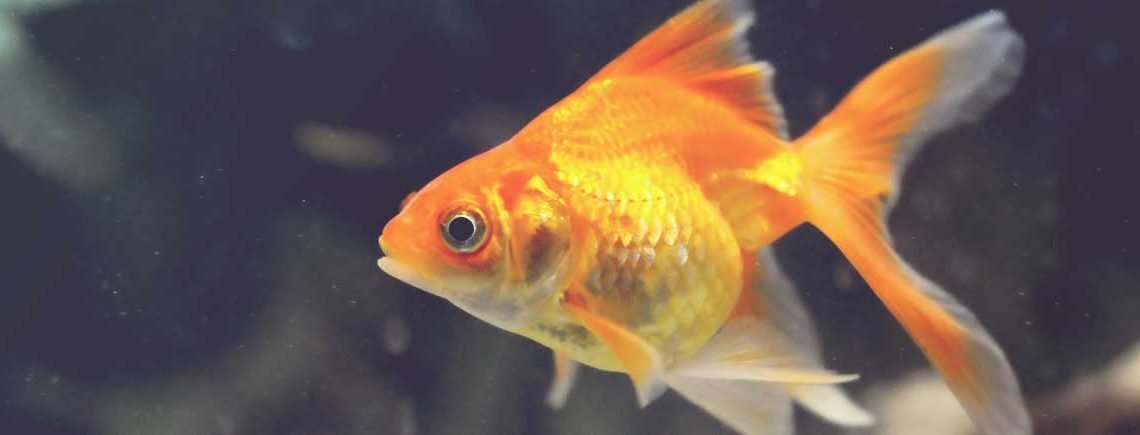Fish Keeping – Understanding the Nitrogen Cycle
Understanding the Nitrogen Cycle in Your Fish Tank
There are a few different names for, what we call, the Nitrogen Cycle – the biological cycle; nitrification process, or start-up cycle. Whatever you chose to call it, the process is essential to facilitating the growth of friendly bacteria in your fish tank. As a result, without it, the water can become toxic to your fish. In this article we explain what the Nitrogen Cycle is and help you understand how to manage it in your aquarium.
Allowing your tank to ‘cycle’ before you introduce new fish is essential to ensuring their long term health and well-being. Therefore, it forms an important part of your fish care routine.
Understanding the nitrogen cycle (although it involves a little bit of science) can greatly improve your success of keeping fish.
The best way to monitor, and understand, the nitrogen cycle is to use an aquarium test kit. This kit will test for ammonia, nitrites, nitrates and the pH of the water. Our OATA trained fish experts in-store are on hand to help you interpret your test results, and we also offer free water testing at all our stores – just bring in a sample of the water in your tank, and speak with a member of our in-store team.

The 3 Stages of the Nitrogen Cycle
Stage 1
Decomposing plant, food and fish waste is added to your fish tank. The pH of the water in the tank will determine how this waste breaks down; and you will see a peak in ammonia levels.
Stage 2
Bacteria begins to develop, oxidizing the ammonia in the tank; and removing it by changing it into what are known as nitrites. In conclusion, your ammonia levels will drop as the level of nitrites in your tank will rise.
Stage 3
The nitrites will be converted into less toxic nitrates. Nitrates are not as harmful to tropical fish as ammonia or nitrites. Therefore, once the nitrate levels have stabilised in your tank, it will be safe to add your fish.
Once your tank is established you will need to monitor the level of nitrates in the water. In large amounts, nitrates will be dangerous for your fish so maintaining a stable level is essential. The quickest way to rid your aquarium of nitrates is to perform partial water changes.
Controlling Nitrate Levels
Aside from partial water changes, there are a number of other ways in which the nitrate level in the water can be controlled.
- In fresh water tanks, live plants will use up some of the nitrates to live
- In salt water tanks, live rocks and deep sand beds offer large surface areas where bacteria can break down nitrates and convert them into harmless nitrogen gas.
Regular Water Testing
Carrying out regular water testing will help you monitor the nitrogen cycle in your tank. We can test your water for you and help you interpret results in-store. We do recommend familiarising yourself with the testing process though and using a home testing kit.
Peaks and falls in nitrate levels will happen as a result of changes in the population and levels of waste in the water.
Getting Started
As we have already mentioned; allowing the Nitrogen Cycle to run before you add any fish to your tank is critical to ensure the health and well-being of your fish.
This process is started by adding ammonia to the water and allowing nature to take its course. It can take a number of weeks, depending on the size of your tank, for the cycle to complete. There are a few different ways to get it started.
If you have any questions, or need help in getting your tank set up, please speak with our in-store fish experts.
Fresh Water Tanks
When setting up a Coldwater or Tropical fish tank we recommend using a bacteria culture product like Tetra Safe Start to add the initial ammonia to the water in your tank. More or less culture will be used depending on the size of your tank, and full instructions will be given on the pack.
Marine & Salt Water Tanks
Liverock is one of the best forms of biological filtration for marine fish tanks and for this reason, we recommend using it to start the Nitrogen Cycle in your saltwater tank. The shape and size of the liverock will influence how long the cycle will take.

